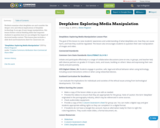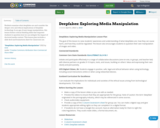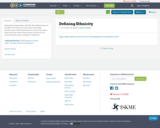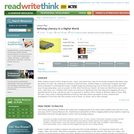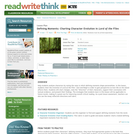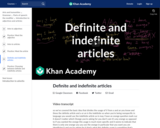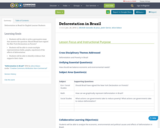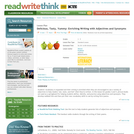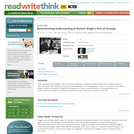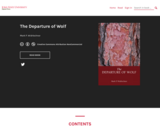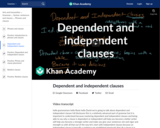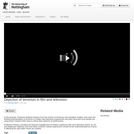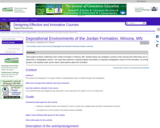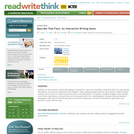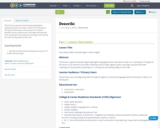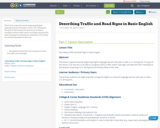SYNOPSIS: In this lesson, students learn about deforestation and climate change and respond by writing an ode or an elegy.
SCIENTIST NOTES: This lesson empowers students to understand what deforestation entails and how they can write poems to express their feelings of grief, respect, emotion, and valor in combating deforestation in their community. All materials used in the lesson have been verified and are suitable for teaching. In this light, this lesson is credible and recommended for the classroom.
POSITIVES:
-This lesson can be used as a standalone or as a lesson in a poetry unit.
-Students are given voice and choice.
-Students create their own poetic response to a real-world challenge.
ADDITIONAL PREREQUISITES:
-Students should have some basic understanding of poetry.
-Students should have a basic understanding of deforestation and its connection to climate change.
DIFFERENTIATION:
-This lesson is easily adaptable to Advanced Placement or honors level classes by including other literary and language elements in the poems such as juxtaposition, oxymoron, consonance, assonance, enjambment, alliteration, and personification.
-Students can write each stanza in a different meter or rhyme. Examples include iambic pentameter or ABBA rhyme scheme.
-Teachers can split the lesson in two and focus on an ode in the first lesson and an elegy in the second.
-Students can write both an ode and an elegy and compare the differences in writing, tone, and overall effect.
-Social studies, civics, and economics classes can extend this topic to social justice, socioeconomic class, and cultural impacts of deforestation within each specific region.
-Student poems can be shared outside of the classroom in the school newspaper or a community newsletter, on a class or teacher website, on school display boards, or in extracurricular poetry or environmental clubs.
